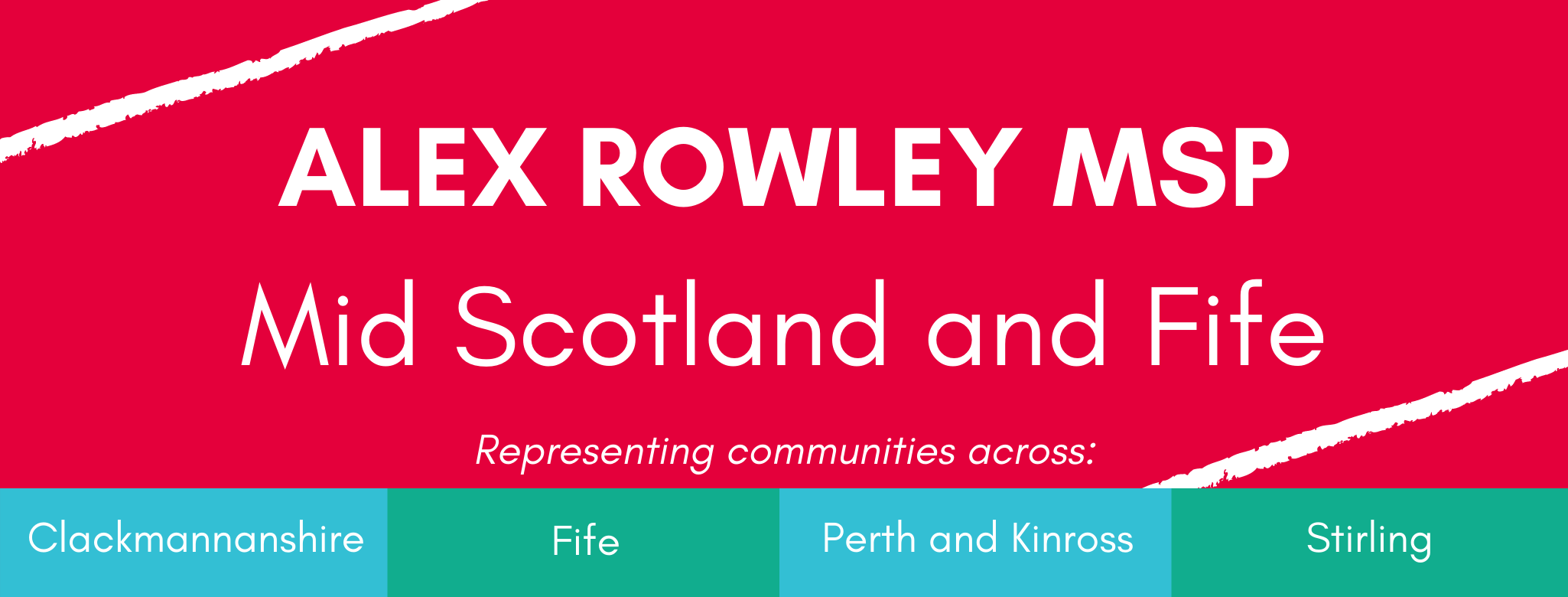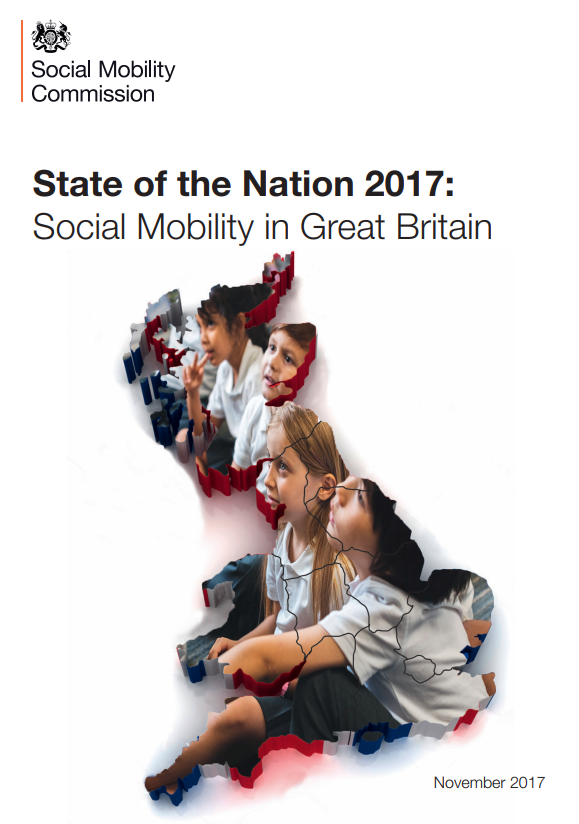Schroders is an asset management company who state their business and goals are completely aligned with those of their clients – the creation of long-term value. They manage £268.0 billion (EUR 324.1 billion/$446.8 billion) on behalf of institutional and retail investors, financial institutions and high net worth clients from around the world, invested in a broad range of asset classes across equities, fixed income, multi-asset and alternatives.
They employ over 3500 people worldwide operating from 37 offices in 27 different countries across Europe, the Americas, Asia and the Middle East, close to the markets in which they invest and close to their clients. Schroders say they have developed under stable ownership for over 200 years and long-term thinking governs their approach to investing, building client relationships and growing their business.
Below is a piece published by Schroders on the economic and political challenges of Scottish independence and it makes interesting reading:
Scottish independence: economic and political challenges
July 2014
Scotland will hold an historic referendum that could see it end a 300-year long political and economic union with the rest of the UK. We analyse the political and economic implications for both an independent Scotland and the remaining UK. The results of our analysis are a concern: Scotland is likely to struggle to reign in a huge fiscal deficit, which is likely to be made worse by dwindling revenues from North Sea oil and gas production. A new central bank and currency are likely, but Scotland may struggle to gain the confidence of markets. Bottom line: an independent Scotland is highly likely to face severe economic challenges and pressures from financial markets.
The 300-year marriage between Scotland and the rest of the United Kingdom could be heading for a messy divorce with serious political and economic consequences for both parties.
Political impact
Scotland’s departure from the union would likely see the Labour and Liberal Democratic parties respectively lose 16% and 20% of the seats they currently hold in the Westminster parliament. The Conservatives would lose less than 1%, suggesting a swing towards the right for the rest of the UK.
Macroeconomic assessment
The Scottish economy has enjoyed similar economic growth to the UK’s aggregate and a comparable unemployment rate. However, there is uncertainty about how North Sea oil and gas (NSOG) revenues would be allocated in the event of independence. If it is shared on a geographic basis, Scotland would receive 90% of future NSOG revenues, which would help it achieve a trade surplus with the rest of the world of about 4.8% of GDP, although this is likely to be eroded by payments to overseas owners of Scottish assets. On the other hand, the trade balance of the rest of the UK would deteriorate, potentially hurting confidence in sterling (GBP).
Monetary policy
The Treasury and Bank of England have advised against a currency union with an independent Scotland, because of a lack of fiscal oversight. The eurozone crisis is a good example of what can happen. Another option would be to peg a new currency to the GBP, although it would leave Scotland open to speculative attacks. Joining the euro is theoretically an option, but there are too many obstacles in the way of EU and euro membership. The only plausible option for Scotland would be to introduce a new, free floating currency. This may be the most risky option in terms of stability for the domestic economy and Scottish exporters, but it provides the greatest degree of flexibility in case Scotland finds itself in difficulty.
Public finances
Scotland has enjoyed plentiful public sector spending but is likely to battle reigning in its large fiscal deficit (between -14% and -8.3% of GDP in 2012/13 depending on share of NSOG), especially given an expected deterioration in future NSOG revenues. A combination of major public spending cut backs and severe tax increases will be required in order to balance the books, which is likely to drive many companies and individuals south of the border.
In terms of the division of government debt, our view is that Scotland is likely to receive a geographical split of NSOG and a per capita share of the UK’s debts, resulting in Scottish debt of approximately 70% of GDP, and rest of UK debt of approximately 79% of GDP. Over the longer term, analysis by the independent Institute for Fiscal Studies suggests that without significant fiscal tightening, Scottish debt would exceed 100% of GDP by 2033-34 and 200% by 2057-58.
Conclusions
In our analysis, we have tried to be as objective as possible and the views presented here reflect the views of the Economics group and not necessarily those of the Schroders group. This was agreed with the Corporate Communications team and the Economics team due to the political nature of the piece.
Overall, the risks identified in our analysis are a concern. We currently do not believe financial markets have taken this political risk into account, and therefore we must conclude that if the risk of Scottish independence rises, financial markets may react negatively towards GBP, gilts and UK equities, but in particular to companies with significant exposure to Scotland.





